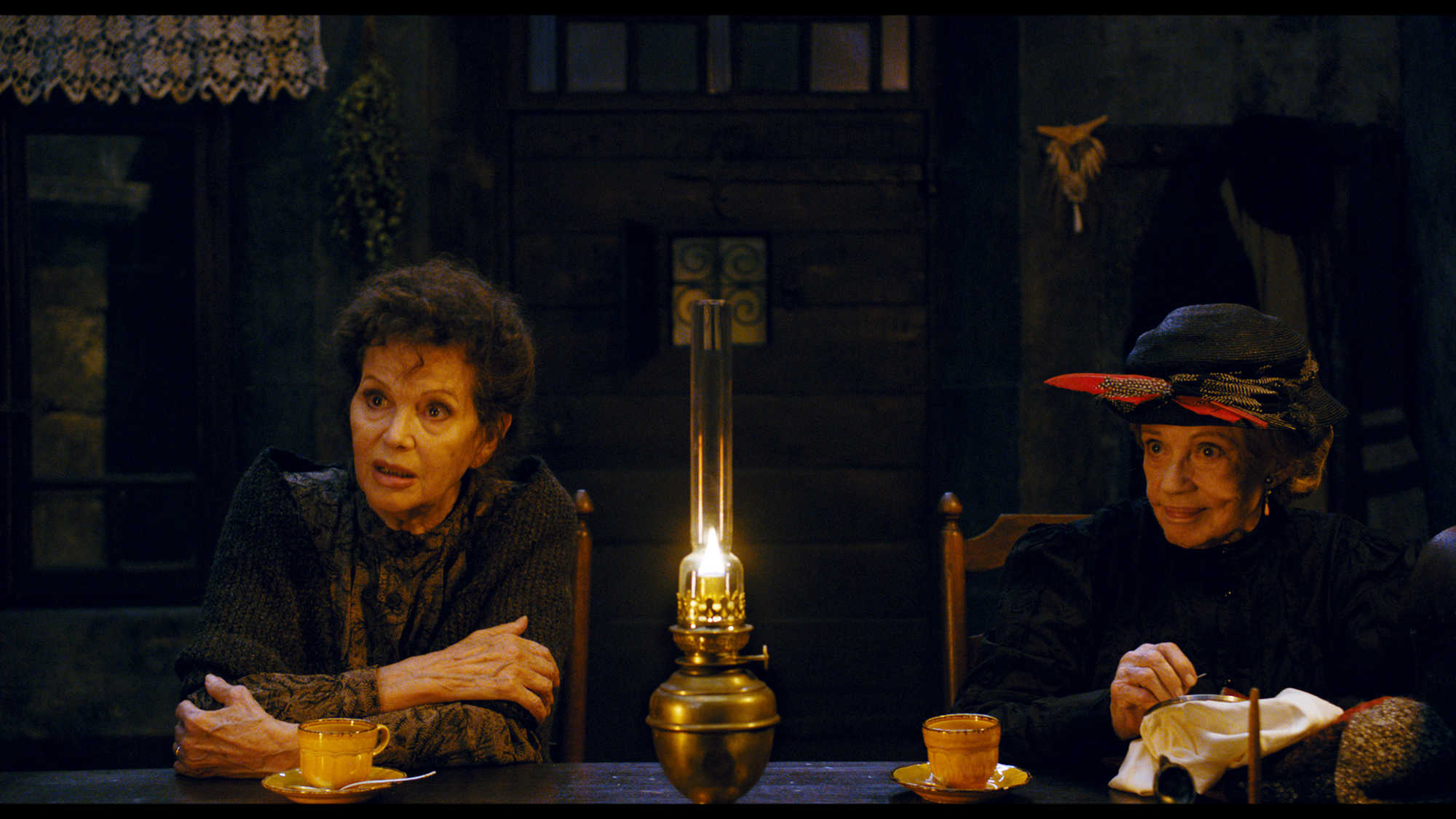Claudia Cardinale, Jeanne Moreau and Michael Lonsdale await the return of a prodigal son in an adapted play from the world’s oldest director. “A grand piece of cinematic chamber music for a cast of mighty soloists.” — New Yorker

An autumnal work from an ageless wonder, the film is a lovely, intimate riff on familiar themes.
Screened as part of NZIFF 2013
Gebo and the Shadow 2012
O Gebo e a sombra
“The centenarian Manoel de Oliveira’s film – an adaptation of a play by Raul Brandão – is an exquisite yet anguished spectacle, a grand piece of cinematic chamber music for a cast of mighty soloists. The setting is a cramped, chilly room off a desolate courtyard, sometime in the late nineteenth century, where a poor, elderly couple, Gebo (Michael Lonsdale) and Doroteia (Claudia Cardinale), are haunted by the eight-year absence of their prodigal son, whose wife, Sofia (Leonor Silveira), they have taken in. He’s the shadow who darkens the family’s meagre and narrow existence, and then he makes his fiery-eyed, defiant return. The young man, João (Ricardo Trêpa), is a scruffy-bearded, jumpy, Dostoyevskian rebel who boasts of his life of crime and impenitently, even sadistically threatens to rend what’s left of the family’s threadbare bonds. The elder actors conjure stifled furies with their pensive stillness and chisel-sharp diction, and Oliveira – aided by the lambent evocation of gaslight by his cinematographer, Renato Berta – presents them in frames of dramatic precision that evoke the enduring agonies of a vanished century. A shot of João and a dish of peaches in front of mottled green-gray walls suggests the hard, rough world of Cézanne brought back to life. With Jeanne Moreau, as a prophetic neighbor, and Luís Miguel Cintra, as an aged, still-struggling artist.” — Richard Brody, New Yorker